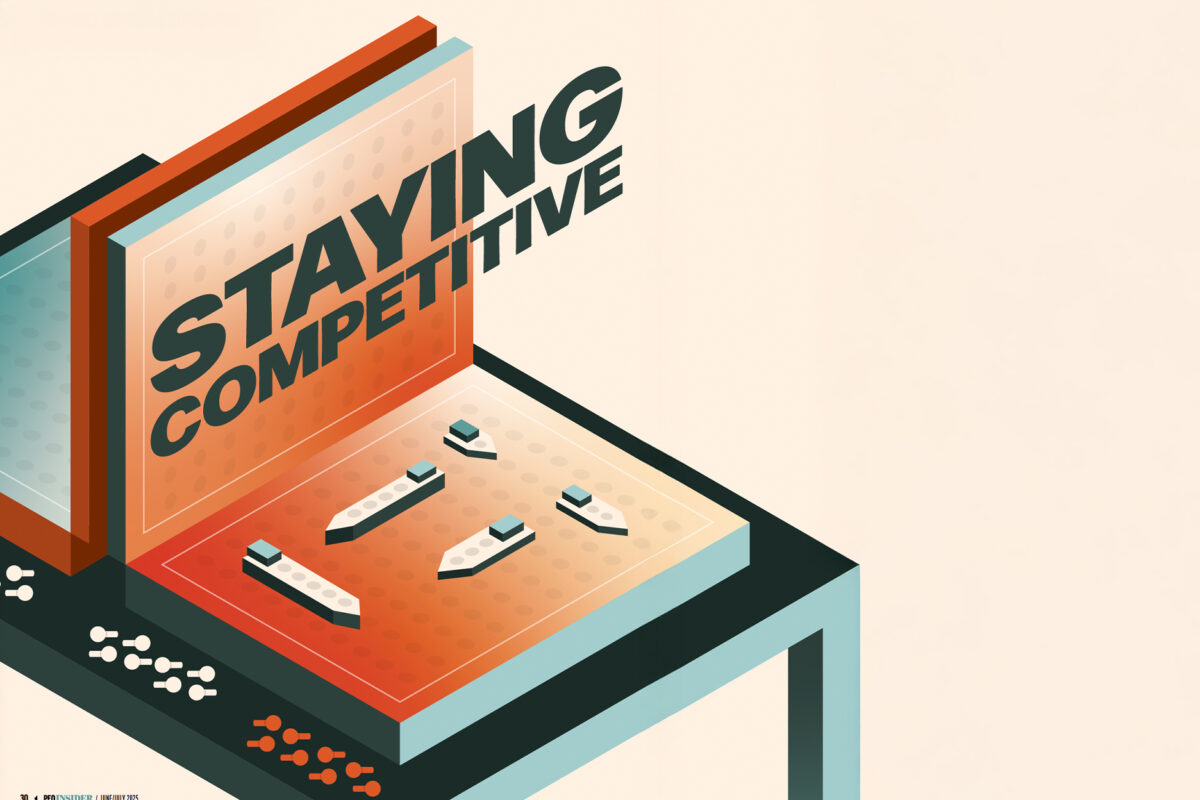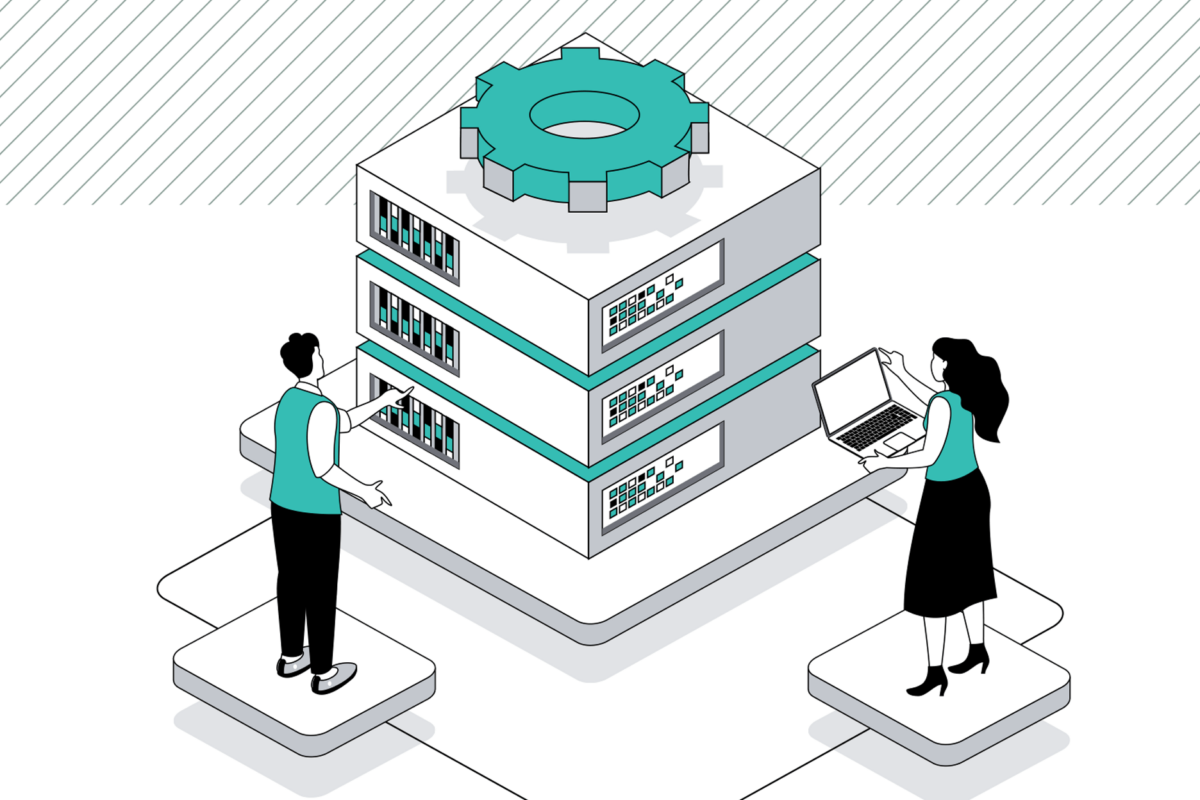BUILDING BETTER RETIREMENT OUTCOMES: BEST PRACTICES FOR PEOS SUPPORTING CLIENT PLANS
More businesses are offering retirement plans—not just because they have to, but because employees expect it. For PEOs, that shift creates a clear opportunity: to help clients go beyond basic compliance and build retirement solutions that serve both their teams and their business goals.
State-sponsored programs have pushed this issue into the spotlight. But the real conversation for PEOs is about value—how to help clients offer plans that employees understand, use, and appreciate. Plans that improve financial outcomes and support long-term workforce stability.
So how do you get there? This article explores practical ways PEOs can lead on retirement strategy and bring meaningful value to clients and their teams.
WHAT’S CHANGING AND WHY IT MATTERS NOW
More than 30 states have either launched or proposed retirement savings programs. Most follow an auto-IRA model: employers that don’t offer a plan must facilitate employee payroll deductions into a state-managed Roth IRA.
These programs are simple by design. But simplicity has trade-offs. Employers can’t contribute, investment options are limited, and administrative support varies widely. That leaves room for PEOs to offer alternatives that better fit client goals.
As a PEO, you likely already manage payroll, benefits, and compliance for clients across multiple jurisdictions. You’re well-positioned to fold retirement support into the broader HR ecosystem—and help clients make smarter decisions about plan design, communication, and execution.
FROM OBLIGATION TO OPPORTUNITY
State mandates can feel like one more box to check. But for PEOs, they’re also a chance to lead smarter conversations about long-term financial wellness. When a client gets a state notice about mandatory retirement enrollment, the instinct is often reactive: What do we have to do? But what if the conversation shifted to: What’s best for your employees?
Here’s where PEOs can lean in.
Make plan selection intentional. Whether it’s a simple IRA, a state-facilitated plan, or a PEO-sponsored 401(k), your clients need support understanding what each option offers—and what it doesn’t. Match the plan to their workforce size, budget, and goals.
Simplify the employee experience. Employees don’t enroll in plans they don’t understand. Make it easy. Provide ready-to-use content and tools that explain how contributions work, why it matters, and how to get started—even if it’s just $10 per paycheck.
Align payroll and systems. Retirement plan effectiveness lives or dies in the details. Payroll deductions must be timely. Contribution limits must be tracked. Plan data must stay clean. PEOs are uniquely equipped to make sure those details don’t get lost.
FIVE BEST PRACTICES FOR PEOS TO SUPPORT RETIREMENT SUCCESS
PEOs are doing more than just managing risk. You’re helping your clients build workplaces where people feel valued and supported. These five practices can move that forward.
1. Know your clients’ footprint. State mandates vary. Keep a clear, current map of which clients are in which states and whether they’re subject to participation. Even if a client offers a plan, documentation may still be required to claim exemption.
2. Help clients compare options. State plans aren’t inherently bad—they’re just limited. For a growing client, the lack of employer matching or limited investment flexibility may become a pain point. Be ready to explain how a PEO 401(k), MEP, or pooled plan stacks up in terms of cost, control, and employee experience.
3. Build for engagement, not just enrollment. Auto-enrollment continues to drive higher participation across retirement plans. According to Vanguard’s How America Saves 2024, 61% of plans offered automatic enrollment in 2024—including nearly 80% of plans with 1,000 or more participants. For PEOs managing retirement plans that span multiple worksite employers, this trend offers a strong benchmark for plan design decisions.
Participation is a strong start—but long-term engagement takes more than a default setting. Employees who feel confident about saving—and understand how their plan works—are more likely to contribute consistently. PEOs can support this by making retirement education a standard part of onboarding, offering financial wellness tools, and helping clients foster a culture of long-term saving.
4. Track performance and trends. Use data to assess participation, average contribution rates, and opt-out patterns across client groups. Tracking can help identify where employees are engaged vs. where they’re opting out, where deferral rates are strong enough to support long-term savings, and where automatic enrollment or escalation might need adjustment. Overall, identifying patterns can highlight where extra support or plan design tweaks might help.
5. Remain flexible as the landscape shifts. Legislation will continue to evolve. Programs will expand. Some states will form tech-sharing partnerships, while others may explore alternative plan designs beyond the standard auto-IRA model, such as pooled or group retirement plans that allow multiple employers to participate.
LEADING THE CONVERSATION
How a business approaches retirement benefits can say more than any policy or perk—it shows what kind of relationship they want with their team. For many small and midsize employers, offering a plan communicates that they care about long-term employee security. PEOs are in a prime position to make that promise real.
By staying informed, aligning the right plan to the right client, and providing practical support, you help clients deliver on their commitments to employees.
At the same time, you reinforce the value of the PEO model. Your ability to manage complexity, provide strategic guidance, and create integrated solutions sets you apart in a crowded HR services market.
A LOOK AT WHAT’S AHEAD
State mandates may be growing, and federal momentum is building—but at the heart of it all is a simple truth: people need real opportunities to build financial security. Access is a start, but it’s not the finish line. What matters most is making saving feel doable, dependable, and built to last.
This is where PEOs can lead with purpose—helping clients not only meet new requirements but build retirement programs that last. The future of work depends on financial security. And that future starts now.












